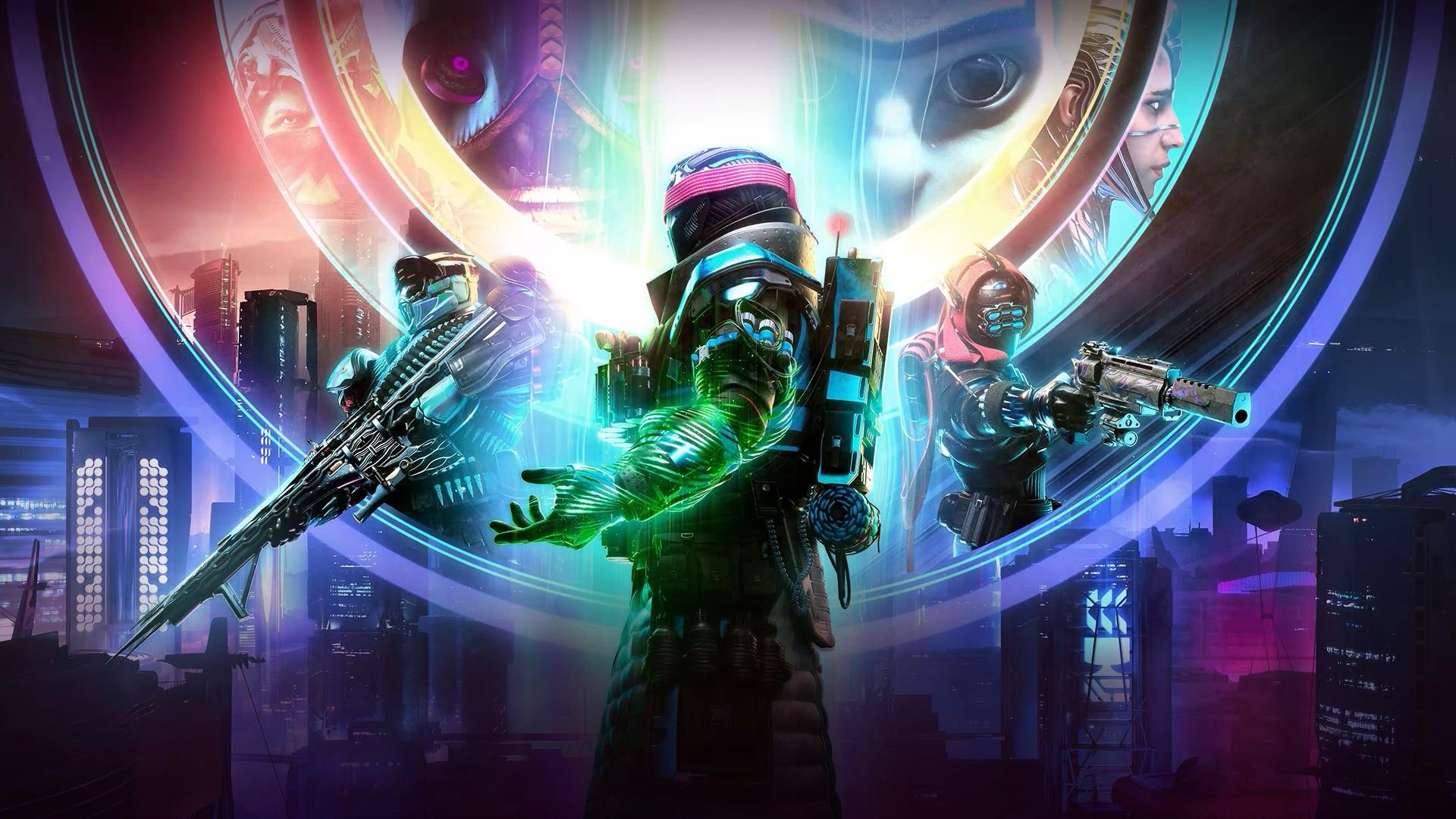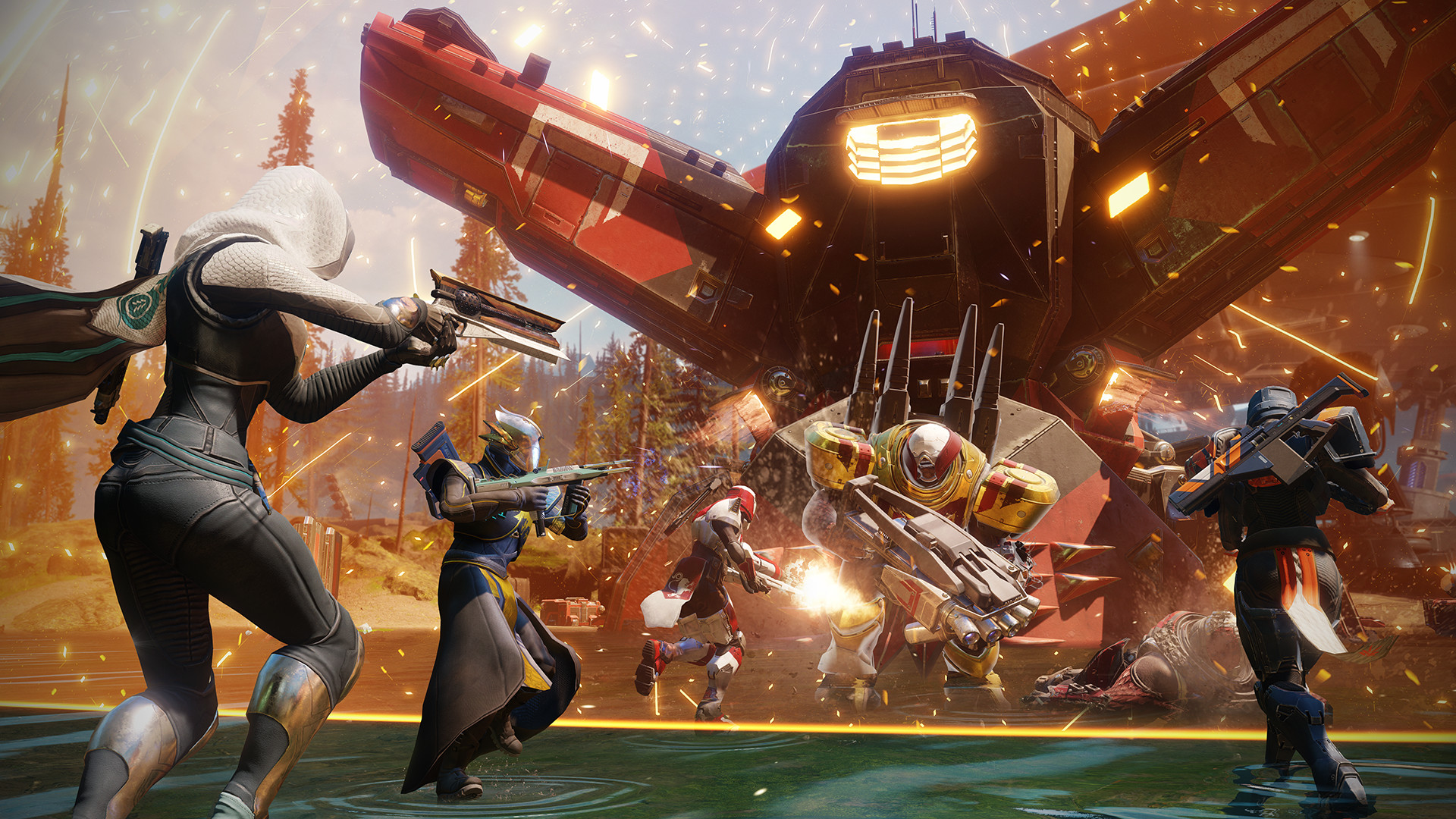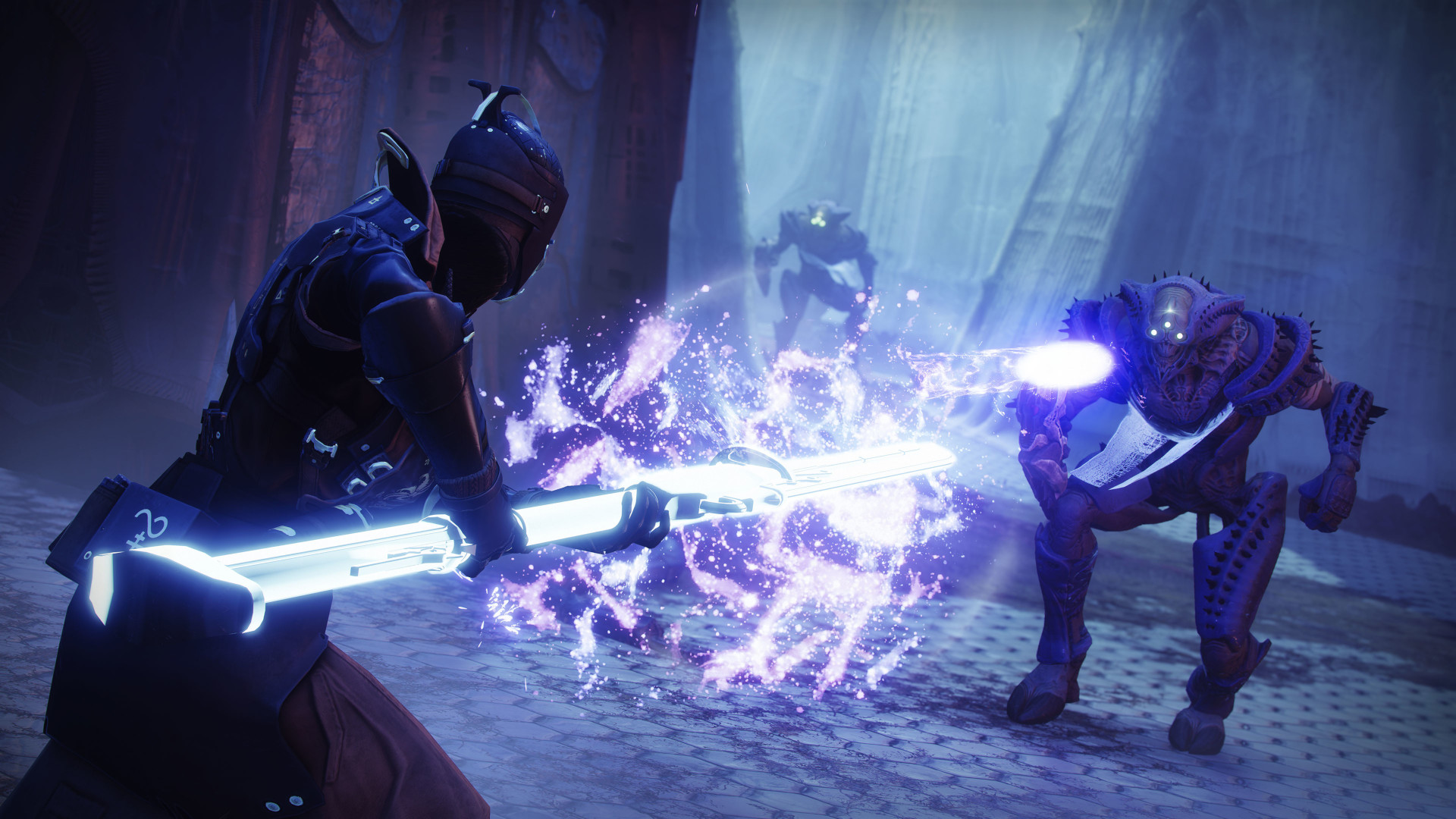
If you're excited to dive into the upcoming Edge of Fate expansion, it's worth revisiting the best Destiny 2 settings for PC to make sure you're set up to get the best mix of performance and visuals from Bungie's long-running free-to-play shooter.
Given that Destiny 2 originally launched on Xbox One and PlayStation 4 consoles, it will run well on practically any modern gaming PC built in the last several years. That said, upgrading your system with the best graphics card you can get your hands on will likely help improve your experience, even if the Destiny 2 system requirements don't call for such power.
Just don't forget that you'll want the best gaming CPU inside your rig too, so that your shiny new GPU isn't held back in its ability to pump out more frames, particularly at lower resolutions.
- Anti-aliasing: SMAA
- Screen space ambient occlusion: HDAO
- Texture anisotropy: 16x
- Texture quality: Highest
- Shadow quality: High
- Depth of field: High
- Environment detail distance: High
- Character detail distance: High
- Foliage detail distance: Medium
- Foliage shadows distance: High
- Light shafts: High
- Motion blur: On
- Wind impulse: On
- Render resolution: 100%
- Chromatic aberration: On
- Film grain: On
Since Destiny 2 lacks a built-in benchmark tool and is a very dynamic game with few wholly repeatable elements, our recommended settings are derived from repeated testing in a variety of gameplay scenarios. During our galaxy-spanning benchmarks, we identified several graphics options that you can tweak for an easy performance uplift without severely impacting the quality of the game's presentation.
As is the case with many other games with expansive environments, Shadow Quality is the most demanding of Destiny 2's settings. It affects the resolution of shadows, as well as the distance at which they appear relative to your character. Shifting between 'Highest' and 'Lowest' nets you a sizeable increase in frames per second, but we recommend sticking with 'High' for a welcome fps boost without tanking the game's looks.
Foliage Detail Distance has a similar performance footprint. As its name suggests, it controls the level of detail applied to foliage at varying distances. We feel that 'Medium' offers a good middle ground, offering visually similar quality levels to its more expensive counterpart while providing more breathing room for your GPU.
Moving on to Screen Space Ambient Occlusion, opting for 'HDAO' sacrifices visuals compared to '3D', but it's relatively easy to stomach in the name of improving your frame rate. This setting creates shadows where ambient light is occluded by an object, giving a more natural appearance and depth to an environment. While we prefer the more natural look of '3D', you'll still get a decent showing from 'HDAO' in addition to a higher level of performance.
Finally, it's worth mentioning that both Depth of Field and Field of View can have a surprising effect on Destiny 2's frame rate. We imagine most people will turn off the former regardless, but tinkering with the latter could help give your gaming PC that last necessary push to achieve your target frame rate.
Best Destiny 2 settings for Steam Deck
Destiny 2 is not natively playable on the Steam Deck while using SteamOS. This is due to the Destiny 2 anti-cheat being incompatible with Linux.
However, if you're happy with dual-booting Windows onto your Deck (or already do it), then the following settings are best for the limited power of Valve's handheld.
- Anti-aliasing: SMAA
- Screen space ambient occlusion: HDAO
- Texture anisotropy: 16x
- Texture quality: Low
- Shadow quality: Low
- Depth of field: Low
- Environment detail distance: Low
- Character detail distance: Low
- Foliage detail distance: Low
- Foliage shadows distance: Low
- Light shafts: Low
- Motion blur: Off
- Wind impulse: On
- Render resolution: 80%
- Chromatic aberration: Off
- Film grain: On
Destiny 2 presets
- Low
- Medium
- High
- Highest
The best Destiny 2 preset for those looking for the ideal balance of great visual quality with minimal impact to performance is the 'High' preset. While the 'Highest' preset naturally offers some nice improvements in graphical fidelity, these enhancements aren't so much transformative in nature as they are subtle. Dropping to the second-highest preset is an easy compromise to make if you need to bolster your frame rate.
Moving down to 'Medium' can help boost your frame rate further, but we generally wouldn't recommend using it, as it turns down many things that can greatly improve the game's visuals without a significant cost. Instead, it's better to use 'High' as a starting point and then tweak a few key settings (which in particular you can find out a little further down the page).
This also extends to the 'Low' preset, which we'd only ever suggest using if your rig's specs barely meet the Destiny 2 system requirements. Alternatively, it acts as the perfect option for those looking to push their frame rates as high as possible, no matter the cost.
Destiny 2 accessibility settings
Destiny 2 packs a suite of accessibility settings that can be used to help make the game more accommodating to your needs or personal play style. Whether you'd prefer to play it using a gaming keyboard and mouse or with one of the best PC controller you have, you'll be able to customise bindings to your liking.
The game has several controls for subtitles, including text size and colour. You can also change the style and opacity of the background that appears behind the text. Additionally, colour-blind gamers can choose from an assortment of presets for Deuteranopia, Protanopia, and Tritanopia, in addition to choosing the colour of their reticule.
Does Destiny 2 need an SSD?
Destiny 2 doesn't require an SSD, but due to the long loading times you can experience without one, it's highly recommended that you upgrade if you still currently use a mechanical drive.
If you grab yourself the best SSD that is compatible with your existing gaming PC, it will really help keep game loading times in check and help you get the chunky 150GB+ game file downloaded much quicker.
How to monitor performance in Destiny 2
If you want to keep an eye on performance in Destiny 2, we have an easy method that works whether you're using an Nvidia or AMD graphics card.
For Nvidia cards, ensure you have the Nvidia App installed and the in-game overlay enabled, and then hit ALT + R in-game to bring up your performance monitor. With AMD cards, you can enable performance monitoring via the Radeon overlay using the shortcut CTRL + SHIFT + O.
Alternatively, you can download free software such as CapFrameX or Nvidia FrameView, to get a cleaner, more simplified benchmarking tool that works with any graphics card.
With handheld gaming PCs, most will have a dedicated button to access a quick menu from which performance monitoring, sometimes called real-time monitoring, can be accessed.
You can check out our Destiny 2 codes guide to take a look and see if there are any freebies you can claim in-game. Elsewhere, you can read all about Bungie's plans to revive Destiny 2 following the looter shooter hitting an all-time low.
You can follow us on Google News for daily PC games news, reviews, and guides. We've also got a vibrant community Discord server, where you can chat about this story with members of the team and fellow readers.






